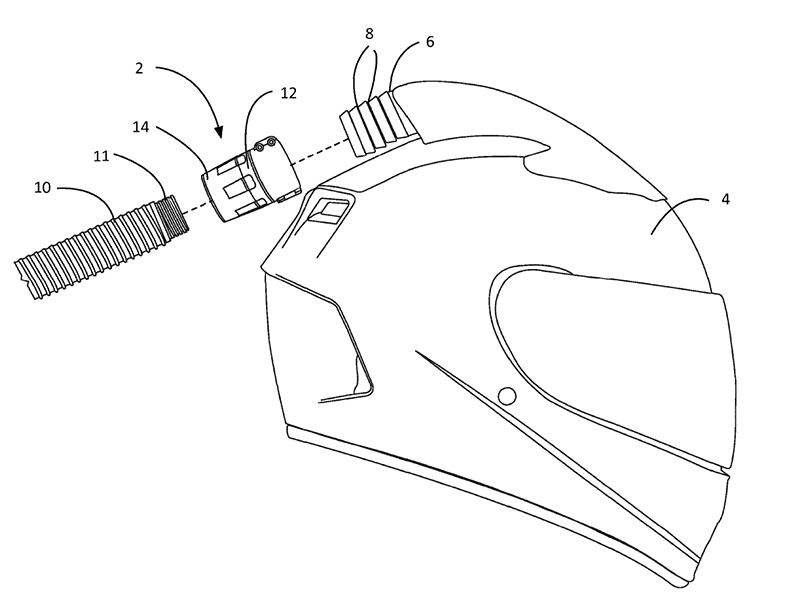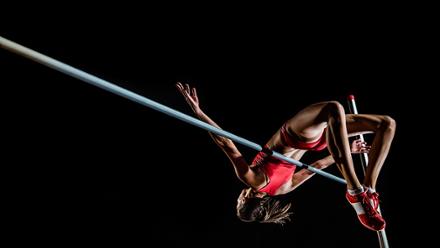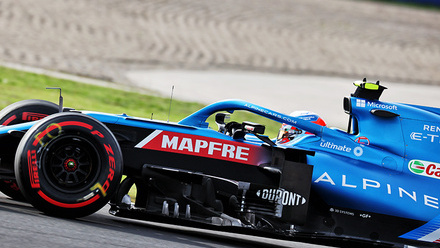Patent – Innovations in sport
Dr Tahsin Ali Kassam at Murgitroyd summarises a selection of recently granted patents in sports.

Golf ball composition
In October 2021, Sumitomo Rubber Industries, Ltd. was granted European patent EP3744778B1 designating the UK, titled Golf Ball Rubber Composition and Golf Ball using the same. An object of the invention is to provide a golf ball rubber composition (GBRC) imparting excellent durability to a golf ball.
The patent claims a golf ball comprising a cured product of a GBRC as a constituent member that is obtained by curing. The GBRC contains (a) a base rubber, (b) an ɑ,β-unsaturated carboxylic acid having three to eight carbon atoms and/or a metal salt thereof as a co-crosslinking agent, and (c) a crosslinking initiator. The cured product satisfies the formula: where Y represents an effective crosslinking density of the cured product of the GBRC (mmol/cc), and X represents the amount (parts by mass) of the component (b) with respect to 100 parts by mass of (a), the base rubber.
The patent discloses a series of experiments performed on golf balls having a core rubber composition according to the invention. In a durability test, 12 samples of each golf ball were repeatedly hit at a head speed of 45m/sec until they cracked, using a W#1 driver with a metal head (XXIO S, loft angle: 11°), installed on a golf swing robot from Golf Laboratories, Inc. The results showed that the GBRC may impart excellent durability to a golf ball.
Read the full patent here.
Protective headgear
In July 2021, Bell Sports, Inc. was granted European patent EP3639687B1 designating the UK, titled Magnetic Hose Coupling for Helmet Forced Air Hose.
In motorsport activities where the environment is dirty or dusty, air can be pumped into the helmets of participants to make it easier for them to breathe. For safety, the forced air hose needs to be quickly removable from the helmet barb enabling quick escape in the event of an accident.
The patent claims a magnetic hose coupling system for a helmet comprising a first coupling conduit segment (12) configured to magnetically couple to a second coupling conduit segment (14).
The illustrated example opposite shows a magnetic coupling conduit (2). The first segment includes a first end that is adapted to receive a forced air intake barb (6), shown with grooves (8), on a motorsport helmet (4). The first segment includes a second end comprising a mating surface and a plurality of magnetic attractors.
The second segment includes a first end adapted to connect to a forced air hose (10), shown as outwardly threaded (11), and a second end comprising a mating surface and a plurality of magnetic attractors positioned to align with the magnetic attractors of the first segment.
The patent claims that the mating surfaces are polygonal and form an angle that is 80o or less with a longitudinal axis that is centered through both segments.
The invention can provide a removable attachment mechanism that securely holds the connection between the hose, barb and helmet.
Read the full patent here.
Smart clothing
In August 2021, Prevayl Ltd was granted UK patent GB2585360B titled System, device and method. The system may allow a user to obtain a detailed insight into their performance and health via their own personal device.
The system comprises a garment that includes a sensor arranged to monitor the activity of a wearer; a fiducial marker on the outer surface of the garment which may act as a point of reference enabling motion and positioning to be monitored via captured images; and a communicator arranged to receive the activity data from the sensor and to transmit it.
The system further comprises an electronic device, including a receiver arranged to receive the activity data; a processor arranged to track the motion of the wearer and to generate a representation of the received data; and a display unit arranged to simultaneously display representations of both the activity data and the wearer.
The processor is arranged to receive a live view image of the wearer and process it to track the wearer’s motion. The representation of the activity data is displayed at a position based on the tracked motion of the wearer. The representation of the activity data may include a physiological or emotional state of the wearer that may relate to a muscle group, organ or condition of the wearer. For example, cardiac or muscle activity data may be overlaid on the heart or muscle regions of the wearer representation, determined from the tracked motion of the wearer.
Read the full patent here.




